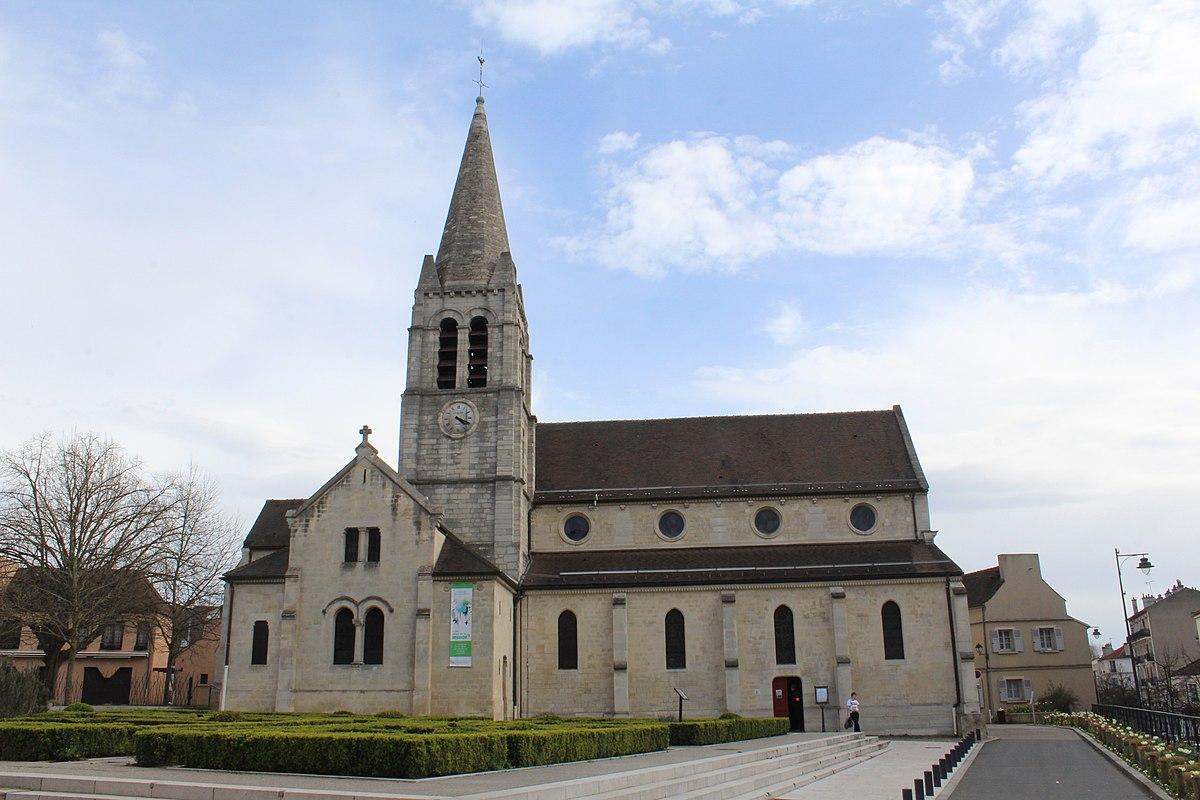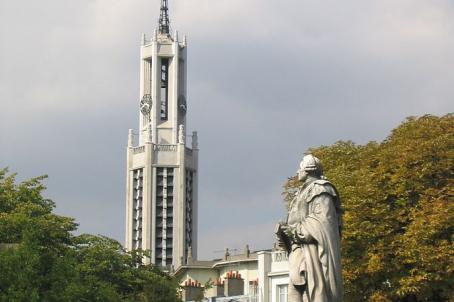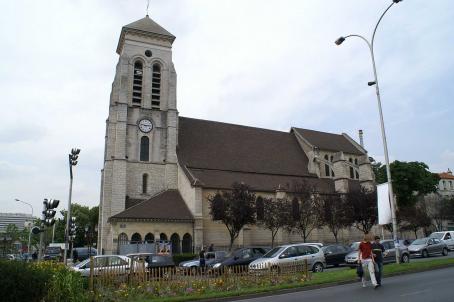Church of Saint-Rémi
Built from the 12th century on a rocky promontory overlooking the confluence of the Seine and the Marne, the church of Saint-Rémi bears witness to the history of the town. Today located in the town centre of Maisons-Alfort, opposite the town hall, the church is composed of two parts. The three bays of the choir and the bell tower are from medieval times (12th-16th century). In medieval times, the church extended eastwards. For unknown reasons, the eastern bays were destroyed and the double arch was closed at the back of the choir. The western part (nave, north aisle and sacristy) dates from the 19th century and was built in neo-gothic style with a classical façade.
About this building
Church cited in a bull of innocent II in 1136; bell tower built in the 13th century and restored in the 14th century; facade built in the 18th century; interior restored from 1846 to 1850; sacristy built in 1880 by the architect Degeorge ; large nave of 4 bays probably from the 13th century, ended by a sanctuary of 2 bays and lined by a single collateral to the south; presence of a single arm of the transept; the originally square pillars were replaced by columns at the end of the 13th century; flat chevet. New restorations completed in 2015 with stained-glass windows by artist Coreen Kim En Joong.





